San Siro Stadium: sport and culture of a Milan icon
San Siro Stadium : the tickets most chosen by travelers
San Siro Stadium Tour: Reserved Entrance
Step inside the largest football stadium in Italy!
from 30 €

History and passion at San Siro Stadium, the iconic temple of football of Milan
The "Giuseppe Meazza" Stadium, universally known as San Siro Stadium, stands as the beating heart of Milan's football passion. Inaugurated in 1926 and located in the namesake district, it is the shared home of the city’s two historic teams, AC Milan and Inter Milan. Its walls have witnessed epic triumphs, heated derbies, and moments that have shaped the history of football and global sports.
During matches, the atmosphere at San Siro is electrifying: the cylindrical towers, the roar of the fans, the unrelenting chants, and the breathtaking choreographies turn every game into an unforgettable experience. With a capacity of over 75,000 spectators, the stadium resonates with the emotions of the crowd, creating an unbreakable bond between the city and this true temple of football.
Visiting San Siro offers the chance to go behind the scenes and explore the depths of this unique monument, a true symbol of Milan. From the museum, which houses priceless artifacts from AC Milan and Inter Milan, such as historic jerseys, gleaming trophies, and photographs recounting decades of rivalry and victories, to the locker rooms where champions prepare before stepping onto the field, and the tunnel that leads to the pitch, letting you walk in the footsteps of your sports heroes.
You can admire the grandeur of the field from the stands, imagining the vibrant energy of a match in progress, and enjoy temporary exhibitions dedicated to the world of football for a complete and immersive experience. San Siro is a place filled with magic, timeless legends, and the true soul of Milan at its core.
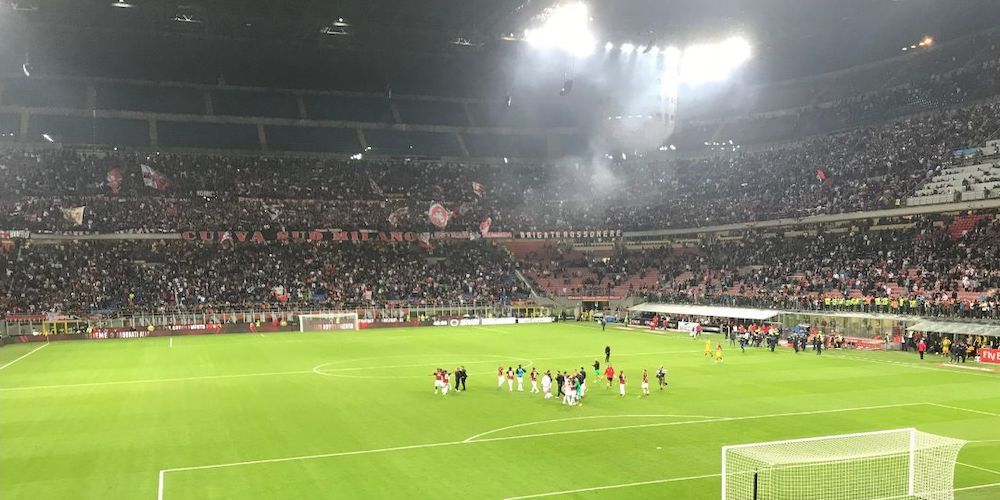
Discover all other experiences
How to visit San Siro stadium in Milan
The visit to San Siro Stadium, one of the most revered temples of football and global sport, requires more than just an entry: it's, in fact, an authentic journey through the history, emotion, and passion that have defined this extraordinary monument in Milan.
To truly immerse yourself in its magnificence, it is essential to combine the San Siro tour with entrance to the Football Museum, where the feats of great champions of the past and unforgettable accomplishments of local clubs come to life, told in an engaging and detailed manner.
Given the stadium’s fame and the high influx of tourists and fans, especially during the active sports season, it's highly recommended to book your ticket in advance. One option you can consider is purchasing an online skip-the-line ticket, which allows you to explore every corner of San Siro without interruptions and with more time to uncover behind-the-scenes details and hidden gems.
If you want a truly complete experience, the audio guide is the perfect companion for your visit: every step inside the stadium’s core will transform into a unique and captivating story. Every curve, every step of the legendary arena will speak to you of memorable challenges, of football legends who have left an indelible mark here. Along the way, you’ll have the opportunity to discover the anecdotes that make San Siro Stadium an unmissable and significant place for the entire city of Milan.
And if you’re lucky, you’ll witness the wonderful atmosphere of San Siro during a match between Milan or Inter, experiencing firsthand the adrenaline that only a stadium of this scale can offer.
San Siro Stadium : tips for your visit
How to get to San Siro stadium
If you arrive in Milan by train, there are several options to reach San Siro Stadium.
From Milano Centrale, take the M2 (Green Line) metro towards Assago Milanofiori Forum or Abbiategrasso - Chiesa Rossa. After two stops, at Garibaldi FS, get off and take the M5 (Lilac Line) towards San Siro Stadio, and reach the final stop, which is just a short walk from the entrance. If you arrive at Cadorna Station, you can take the M1 (Red Line) towards Rho-Fiera, get off at Lotto station, and transfer to M5 towards San Siro Stadio. Alternatively, you can walk from Piazzale Lotto to the stadium, which takes about 25 minutes.
For those arriving in Milan by plane, especially at Linate Airport, you can take bus line 73 to San Babila stop, then use the M1 metro line to reach Lotto station and follow the same route as mentioned above. Similarly, if you land at Malpensa Airport, you can take the Malpensa Express to Cadorna station and then continue as described above.
If you prefer to drive to San Siro, the route depends on the highway you are coming from. From all the major highways (A4, A8, A1, A7), once on the Tangenziale Ovest, take the Milano San Siro or Milano Certosa exit, depending on your route, and follow the signs to the stadium.
From A4 (Milan-Venice), A8 (Milan-Lakes), and A4 (Milan-Turin), take the Milano Certosa exit, while from A1 (Milan-Naples) and A7 (Milan-Genoa), take the Milano San Siro or Via Novara exit and follow the signs to the stadium.
It’s recommended to check parking availability in advance, especially on event days.
The best experiences in Milan
Best attractions around San Siro Stadium
all entrance tickets for the most popular Italian attractions
Milan Cathedral
MilanPalazzo Te Mantua
MilanVilla Necchi Campiglio
MilanBernina Red Train
MilanLa Scala Theatre
MilanLake Como tour
Lake ComoMilan like a local: 10 things to do
Do you want to visit Milan like a local? Then check out 10 things to do to live the city like a true Milanese.
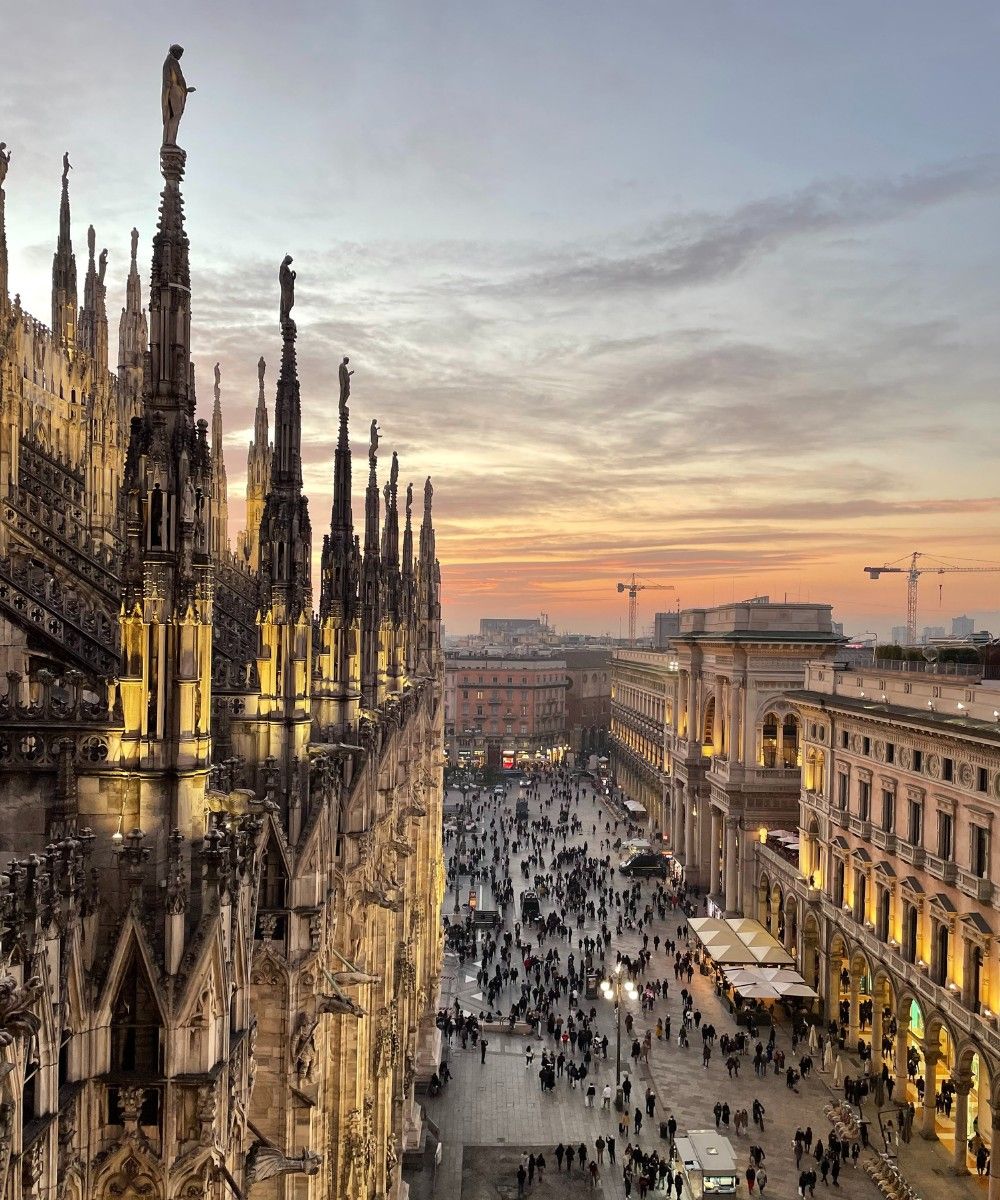
Useful information for visiting San Siro stadium (FAQ)
1. Can you visit the San Siro Stadium?
Yes, you can visit the iconic San Siro Stadium, home to both Inter Milan and AC Milan. The stadium offers a self-guided tour that lets you explore the history and architecture of this massive venue. During your visit, you’ll have the chance to discover the San Siro Museum, explore restricted areas like the locker rooms, press room, and the famous Tunnel of Champions, and get a panoramic view of the pitch.
2. Is San Siro Stadium worth visiting?
Absolutely! As the largest stadium in Italy and the third largest in Europe, San Siro is an unmissable destination for football fans and visitors to Milan. The tour offers an immersive experience, with access to historic memorabilia, trophies, old jerseys, and boots in the museum. The chance to walk through the same areas where football legends have walked adds to the excitement of this truly unique experience.
3. How do you get into San Siro Stadium?
To get into San Siro Stadium, you can purchase tickets for either a match or a stadium tour. On match days, access is granted through ticketed entry for the game, where you can experience the thrilling atmosphere of a live football event. For tours, tickets can be purchased online in advance, allowing you to skip the line and explore the stadium at your own pace. In case of events or games the stadium will not be visible.
4. How much does it cost to visit San Siro Stadium?
The cost of visiting San Siro Stadium depends on the type of ticket and available offers. A standard ticket for the tour, including access to the museum and stadium areas, usually ranges between 20 and 30 euros for adults, with discounts for children and families. It is recommended to book online to secure a spot, avoid queues, and plan the visit for a complete experience.
5. How long is the San Siro Stadium tour?
The self-guided tour of San Siro Stadium lasts around 1 hour, allowing visitors to explore the field, stands, press room, locker rooms, and the museum at their own pace. The duration can vary depending on individual interest in different areas.
6. Why does San Siro Stadium have two names?
San Siro Stadium is officially called "Giuseppe Meazza Stadium" in honor of the legendary Milanese footballer who played for both Inter Milan and AC Milan. However, it's most commonly referred to as "San Siro”, named after the district in Milan where the stadium is located. Both names are widely used and celebrated by fans of the city’s two football clubs.
7. How does San Siro reflect the history of Milan's football culture?
San Siro Stadium is a testament to Milan's rich football culture, blending history and passion in every corner. During the tour, visitors can walk in the footsteps of football legends, entering iconic spaces like the players' locker rooms and the tunnel that leads to the pitch. The San Siro Museum offers a fascinating collection of memorabilia that brings to life the remarkable stories of AC Milan and Inter Milan. The entire experience immerses fans in the energy and history of the city, allowing them to feel the pulse of one of the most renowned football stadiums in the world.
San Siro Stadium: since 1926, a metaphor of the authentic Milan
San Siro is a magnificent stadium, truly special, an icon that embodies the very essence of the city of Milan, with its legendary history and breathtaking architecture.
Built in 1926 and developed over the decades, with the expansion in the 1950s and the construction of the third tier for the 1990 World Cup, San Siro represents the beating heart of Milanese sports, as well as a symbol of modernity and passion that has experienced every moment of the city's evolution. Its imposing façade and bold lines, designed by architect Ulisse Stacchini, tell the story of an era when Italy was about to challenge the boundaries of design and engineering.
Indeed, San Siro Stadium, with its futuristic structure and majestic arches, stands as a colossus capable of hosting both the most thrilling sports events, and concerts or shows that attract audiences from all over the world.
From an architectural perspective, San Siro is a perfect example of how concrete and steel can dance in a visual symphony, blending functionality and beauty. Its curves, which seem to embrace the audience, and its towers, soaring toward the sky, capture the spirit of Milan, a city that has managed to combine innovation and tradition like few others in the world.
Every corner of the stadium is like a living canvas of popular culture: it tells stories of epic challenges, triumphs and legends that, in some way, reflect the characteristics of Milanese society itself: determined, elegant, and capable of constantly reinventing itself while remaining deeply rooted in its traditions.
With its grandeur, San Siro is the stage for a collective emotion that transcends the mere sporting event. Its history and architecture are a reflection of a Milan that has always looked to the future, while maintaining a profound connection to its roots, where football finds one of its most powerful, magical, and authentic expressions.



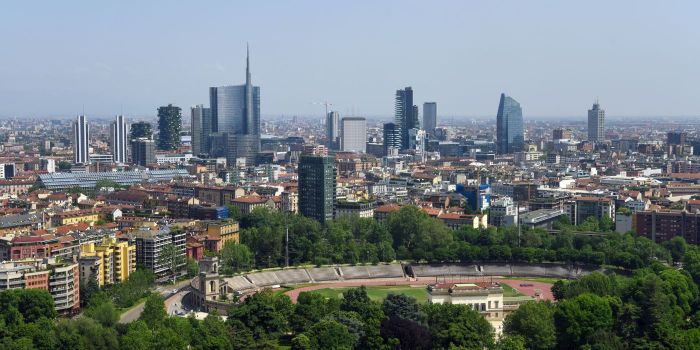
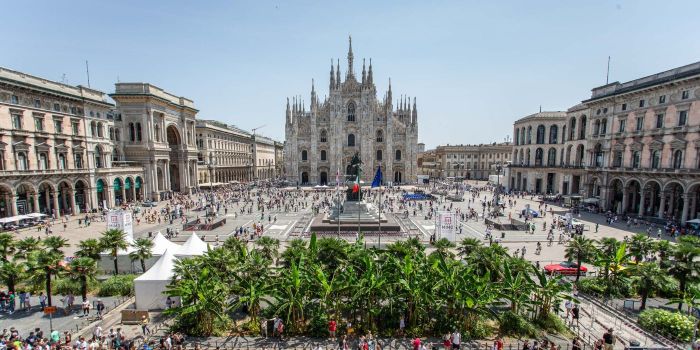
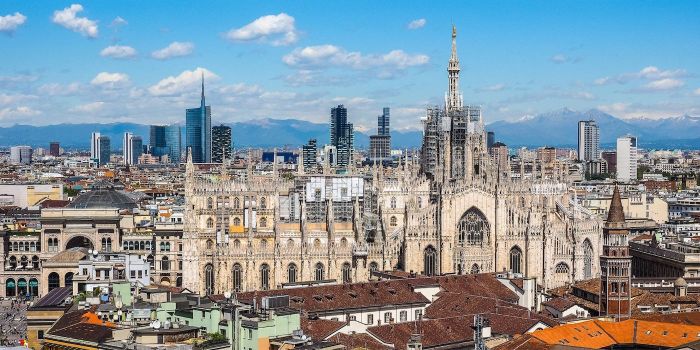
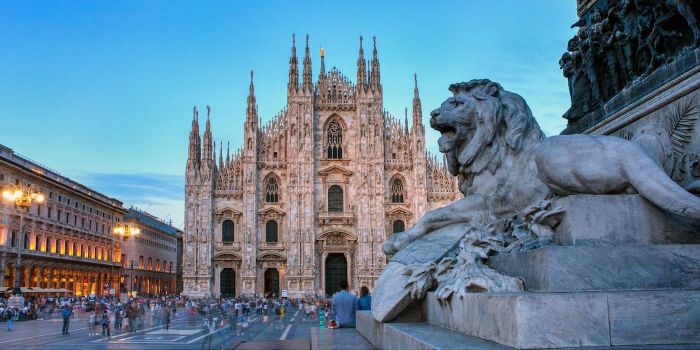
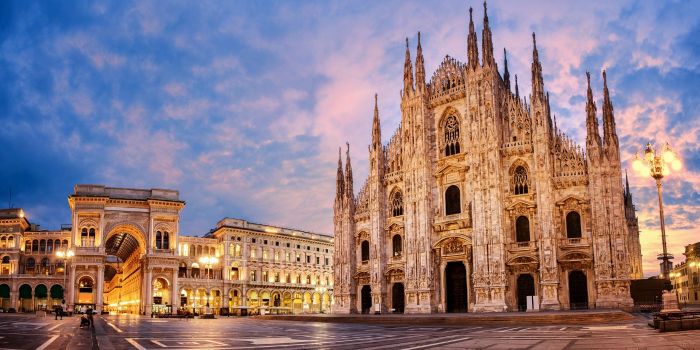
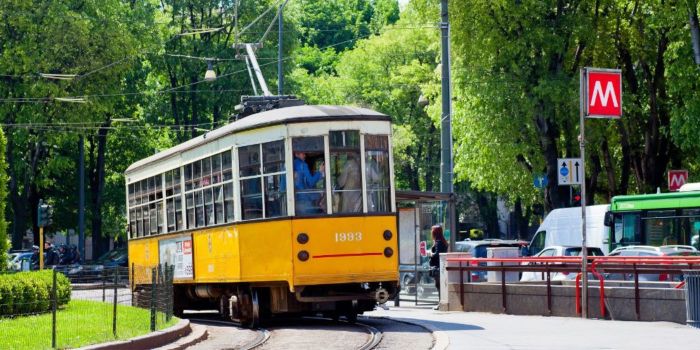
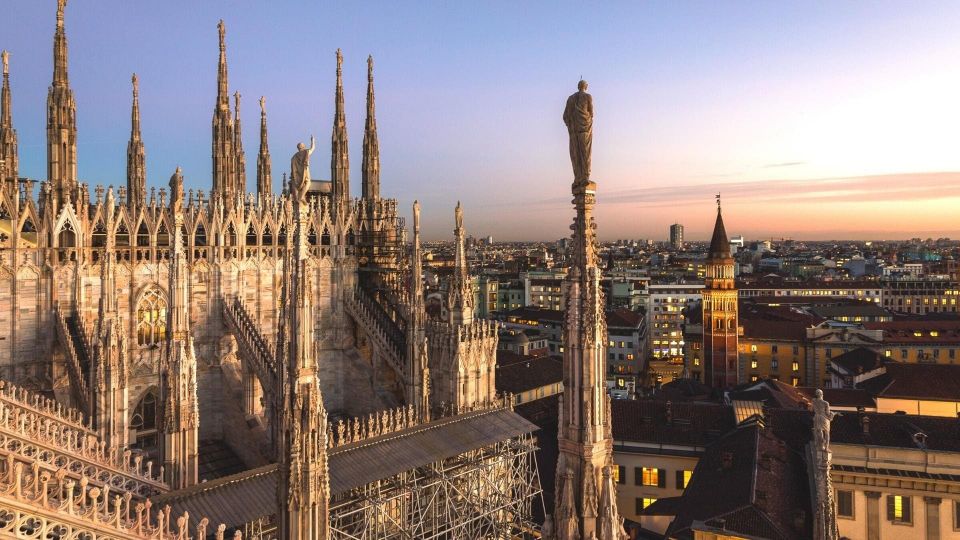
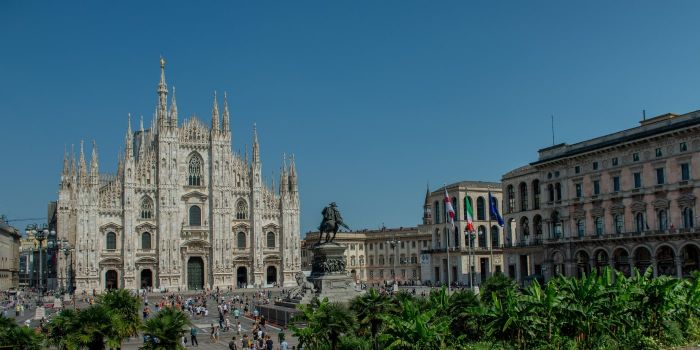
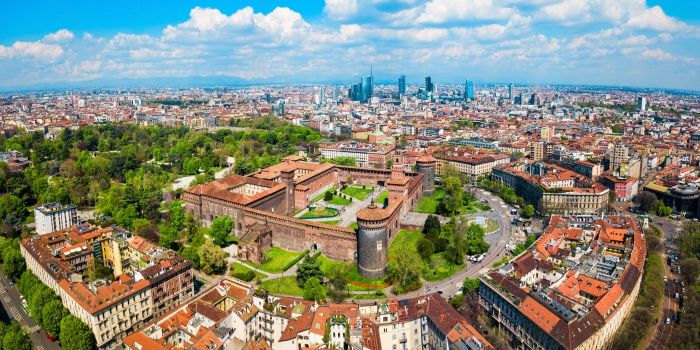








Alessandro Savino
Join an exclusive tour of San Siro Stadium, one of Milan's most iconic landmarks. Explore the locker rooms, walk along the pitch, and visit the museum, immersing yourself in the history of football and the major events that have made this venue so unique and special.